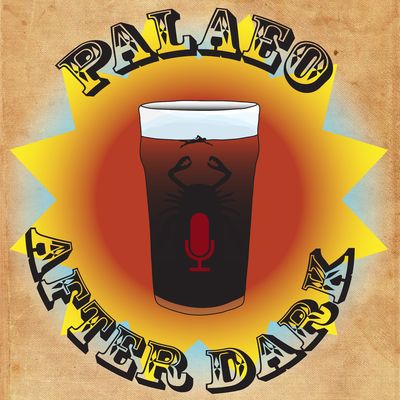A group of scientists have biweekly informal discussions about evolutionary biology and palaeontology... over beer.
http://www.palaeoafterdark.com
Podcast 186 - Fish Fingers and Mammal Fins
The gang discusses two papers that look at modifications of the vertebrate hand. The first looks at how the lobe fin evolved into the vertebrate hand, and the second paper looks at the early limb transformations of early whales as hands became fins. Meanwhile, James’s computer is a time traveler, Amanda is upset that everyone is upset about Bunny Day, and Curt wonders about numbers higher than 10.
Up-Goer Five (Curt Edition):
Our friends talk about how hands got started, and also how hands can become things that let animals move through the water. When this happens, we don't have a lot of remains because lots of the hard parts for these animals that are moving into or out of the water aren't there for us to look at. These two papers talk about new remains that have been found which give us more hard parts to look at so we can better understand how this happens. The first paper looks at new remains of old animals that let us know what the first animals which would have arms and legs and a back and lived on land looked like. This also lets us learn more about how hands first started. Big hard parts that used to be used to go through the water had some of those hard parts change to make fingers. While these first fingers started to form, the rest of the animal looked like it lived in the water.
The second paper looks at another type of animal that later on moved off the land and back into the water. When that happened, the hands become more like things that are used to move through the water. This animal is just starting to move into the water, but its great great great great children would be large animals with warm blood who move through the water. This animal that is just starting to move into the water shows changes in the hand that we usually see with things in water, but also has some hard parts that we see on land.
References:
Cloutier, Richard, et al. "Elpistostege and the origin of the vertebrate hand." Nature 579.7800 (2020): 549-554.
Vautrin, Quentin, et al. "From limb to fin: an Eocene protocetid forelimb from Senegal sheds new light on the early locomotor evolution of cetaceans." Palaeontology 63.1 (2020): 51-66.
